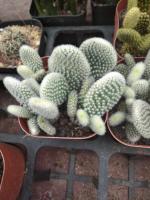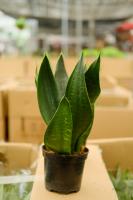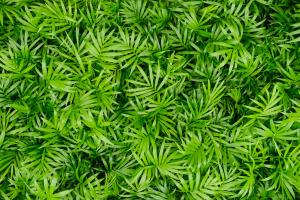Introduction: The Mystery of Long-living Plants and Trees
The world is home to a multitude of plant and tree species, each with distinct life spans. Some plants and trees live for only a few years, while others can live for centuries, or even millennia. The question is, why do some plants and trees have long life spans? This article will explore the various factors that contribute to long-living species in the plant kingdom.
The Benefit of Longevity for Plants and Trees
The first question to ask is why long life spans are beneficial for plants and trees. As living organisms, plants and trees must have a survival strategy to ensure that they can reproduce, grow, and thrive in their environments. Longevity can offer several benefits to plants, such as:
Increased likelihood of successful reproduction and seed dispersal, as longer lifespans provide more opportunities for pollination, seed production and dissemination.
Ability to withstand harsh environments, such as droughts or extreme temperatures, particularly when combined with other adaptations such as deep root systems or resistance to pathogens
The potential for significant growth and development over a longer period of time, contributing to size and structural integrity, as well as the ability to create diverse habitats for other organisms in surrounding ecosystems.
Natural Selection, Genetics, and Environmental Factors
The longevity of a species is determined by a complex interplay of natural selection, genetics, and environmental factors. Natural selection favors traits that improve a species' ability to adapt and survive under changing conditions while optimizing reproduction. The accumulation of these advantageous traits over many generations can manifest as extended lifespans.
Genetics also play an important role in determining lifespan. Certain genes are known to be associated with extended lifespans, and genetic mutations and variations can introduce new traits that promote longevity. For example, caloric restriction has been shown to increase the lifespan of many organisms, as it reduces oxidative stress and other metabolic processes that can cause cellular damage and aging.
Finally, environmental factors can have a significant impact on the longevity of plants and trees. The quality of soil, water availability, temperature, and exposure to disease and pests can all influence the success of a species. Some species of plants and trees have evolved to thrive in particular environments, developing specialized adaptations that facilitate their longevity. For example, certain desert species can go dormant for years to conserve energy during periods of drought, while others have developed thick protective foliage to shield themselves from harsh winds and extreme temperatures.
Examples of Long-living Plants and Trees
There are many examples of long-living plants and trees across the globe. Some of the most famous include:
Bristlecone pine trees in the United States, some of which are over 5,000 years old.
The giant sequoias of California, which can live for over 3,000 years and are the largest trees in the world by volume.
The jarrah tree of Western Australia, which has an average lifespan of 500-1000 years.
The tropical yucca plant, which can live for over 100 years in the wild.
Conclusion
In conclusion, the longevity of plants and trees is influenced by many factors, including natural selection, genetics, and environmental conditions. Longevity can offer numerous benefits, from increased reproductive success to resilience under unfavorable conditions. Understanding the mechanisms underlying long lifespans in plant species is not only fascinating but can also help to identify ways to improve the health and viability of threatened plant populations.

 how many times do yo...
how many times do yo... how many planted tre...
how many planted tre... how many pine trees ...
how many pine trees ... how many pecan trees...
how many pecan trees... how many plants comp...
how many plants comp... how many plants can ...
how many plants can ... how many plants and ...
how many plants and ... how many pepper plan...
how many pepper plan...






























